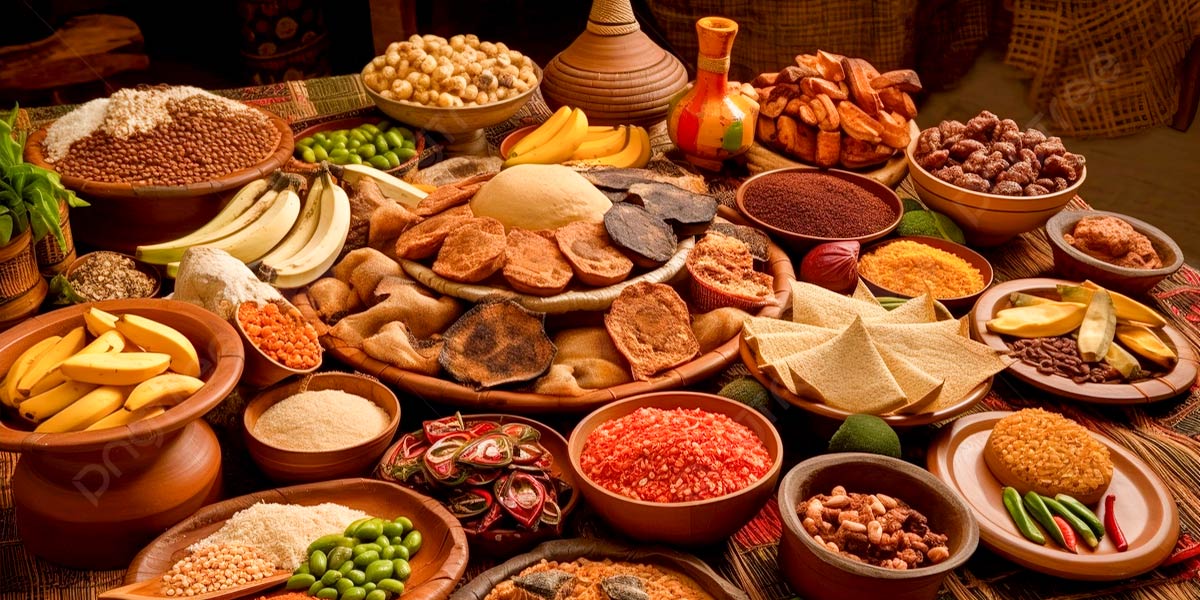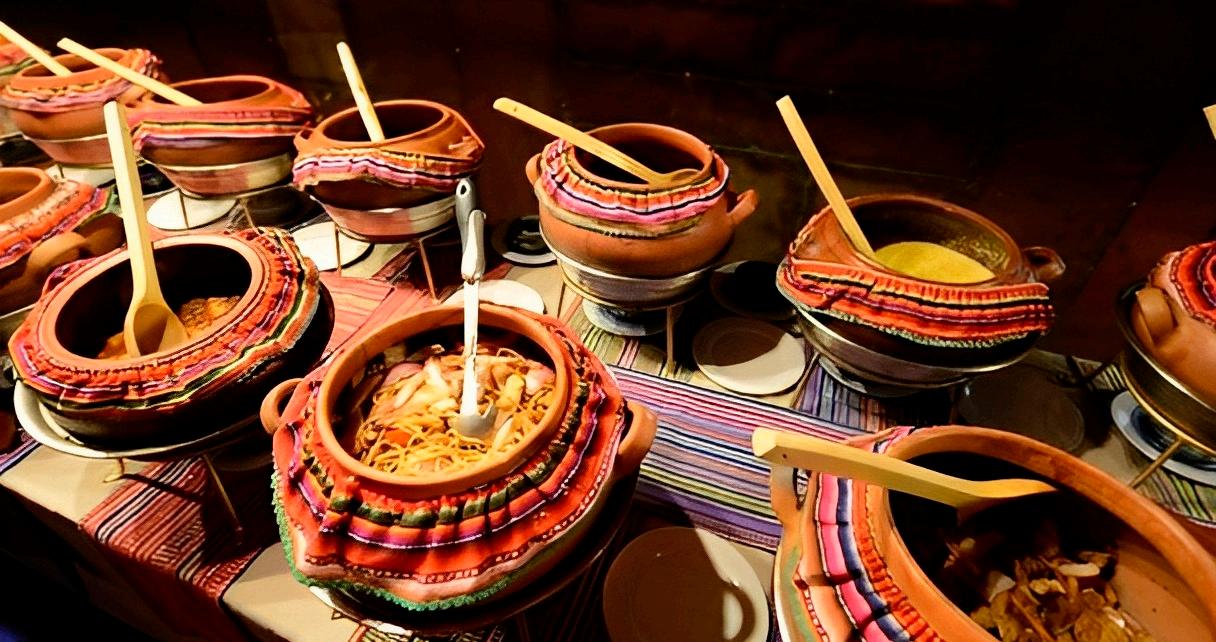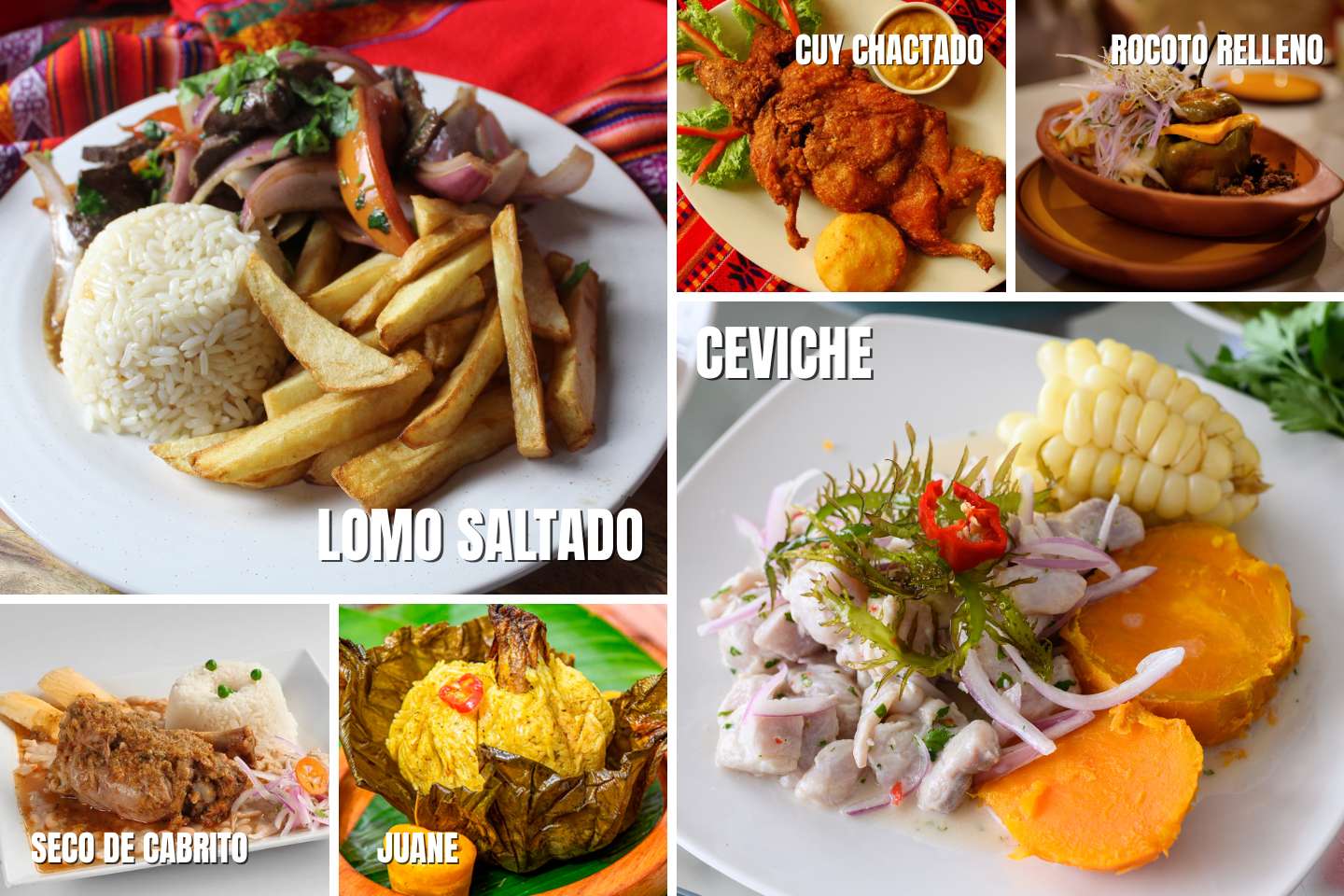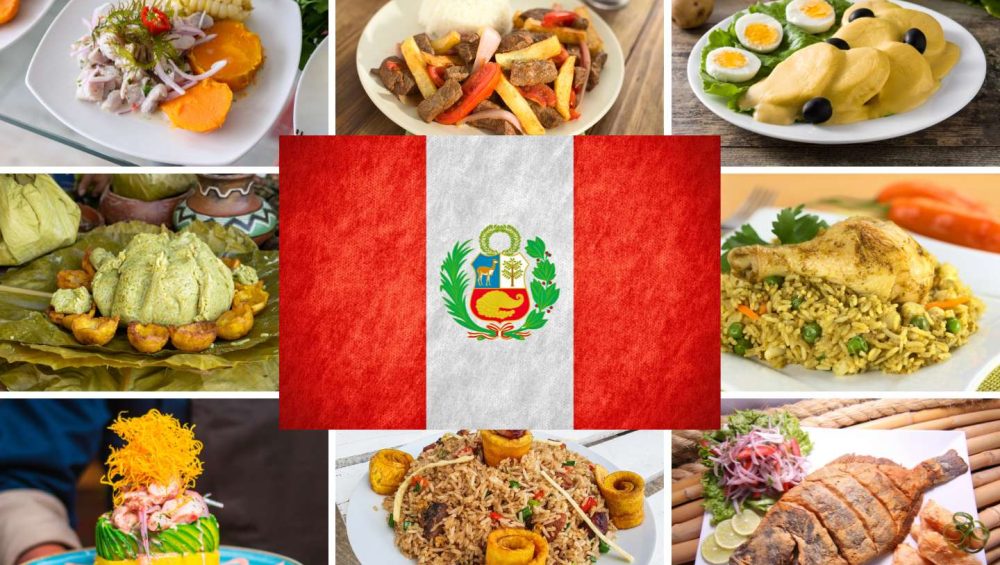Peruvian food is a mirror of a deep history, a varied land, and a mix of cultures that has turned native ingredients and cooking methods into one of the most famous food styles in the world. From the fresh sea taste of Lima Peru, to the strong flavors of the Amazon Jungle, passing through the ways of the Andes to the imperial city of Cusco Peru, each area adds a special taste to the huge national recipe book.
For the old Peruvians, Peruvian food is a way to show respect to the land, the weather, and the people who have lived in this area. Today, not only local markets or home kitchens keep this heritage alive, but also every Peruvian restaurant, inside and outside the country, proudly shares the flavors of Peru with the world. So, come with us on this journey to find, learn about, and taste the different flavors that Peru has to offer.
Origin and Growth of Peruvian Food
Peruvian food is the result of constant change over thousands of years, shaped by the country’s different landscapes and the cultural sharing between native peoples and later groups of people who moved there. In its beginnings, the old Peruvians learned to grow foods like the potato, corn, and chili pepper, basic products that still define the national cooking today. Over time, these native tastes mixed with foreign influences: first with the Andean cultures of Tahuantinsuyo, then with the arrival of the Spanish, and later with people from Africa, China, Italy, and Japan. The result: one of the richest and most varied food styles in the world.
Today, on a trip through the Sacred Valley of the Incas or during a journey on the Inca Trail to Machu Picchu, it is possible to find many kinds of foods, local products, and cooks who honor their cultural heritage. Peruvian cooking, both in the food capital of Lima Peru and in the rich Amazon Jungle, continues to offer and show great variety, thanks to the mix of cultures that defines Peru as a nation.

History of Peruvian Food
From a long time ago, the old people living in what is now Peru had a close link with the land. They learned to grow, raise, and save food even in very hard conditions. This way of doing things changed over the big periods of the country’s history, getting richer with every meeting of cultures.
Early Times
The first signs of food practices in Peru go back more than 8,000 years. We know this from old things found in the Tres Ventanas caves. In these places, remains of basic crops have been found that are a key part of today’s Peruvian food, like papa (potato), olluco, oca, frejol (beans), pallar (lima beans), and different types of ají (chili peppers). These plants started a way of cooking that, from its beginning, made the most of the many different living things in the land.
Raising Plants and Animals
As time passed, the people before the Incas got better at raising different kinds of plants and animals. Crops like tarwi, zapallo loche (squash), yuca (cassava), and achira were a very important part of their food and farming ways. For sources of protein, the raising of the cuy from Perú (Peruvian guinea pig) stands out. This small animal, mostly eaten in the high Andean areas, is still a main part of traditional Andean food.
Cooking in Inca Times
During the Inca period, food played a very important role in how the empire was set up. Local products like papa (potato), maíz (corn), quinua (quinoa), and ajíes (chili peppers) were grown using smart farming methods and stored in colcas (storehouses) to make sure there was enough food for the Tahuantinsuyo empire. This food was given out in smart ways along the royal roads, including the Classic Inca Trail, which connected important parts of the empire, like Machu Picchu. Also, food had a strong ceremonial and spiritual meaning, used in offerings and religious events for Pachamama (Mother Earth) and Inti (sun god).
Cooking in Colonial Times
When the Spanish arrived in the 16th century, new foods were brought in, like trigo (wheat), cebolla (onion), caña de azúcar (sugar cane), and vino (wine). This food meeting led to new tastes and ways of doing things, but it also brought social and money changes that affected how food was made and eaten. Many native foods were pushed aside or seen as “Indian food.” However, Andean cooking lived on because its old ways and recipes were kept. This period marked a big change in the history of Peruvian cooking, as it set the base for the mix that would define its future identity.
Food Fusion
During the 17th century, the contributions from people of African descent made the food of the viceroyalty even richer. Using the less valued parts of animals, clever dishes appeared that are now seen as national symbols. This creative cooking led to many recipes that are proudly served today in any Peruvian restaurant, both in the country and abroad. It was at this meeting of cultures that Peruvian food began to take the shape that makes it known and admired worldwide today.

Regional Diversity of Peruvian Food
One of the greatest riches of Peruvian food is its amazing regional diversity, a result of the country’s geography. From the coast, through the mountains, to the jungle, each region offers unique ingredients, cooking methods, and traditions that show the weather conditions, local ecosystems, and the cultures living there. This variety allows Peru to have one of the most complete cuisines in the world, with flavors that change a lot across the land.
Food from the Coast – The Marine Flavor
The Peruvian coast, and especially the capital, Lima Perú, is seen as one of the great food capitals of the world. Here, the cooking focuses on the sea, offering an amazing variety of fresh seafood and fish that become well-known dishes like Peruvian ceviche, a symbol of national identity.
In this region, Creole, African, Asian, and European influences mix, leading to a complex and creative fusion cooking. Dishes like rice with seafood, causa limeña, or tiradito come from this richness. Lima is also the center of high-end Peruvian cooking, with famous chefs and restaurants that have put the country on the world’s food map.
Food from the Highlands – Flavors of the Peruvian Andes
The Peruvian highlands are the old heart of many traditional cooking practices. In this region, especially in Cusco, dishes are made that have been passed down for generations, keeping methods and products that go back to before Inca times. Cusqueña food stands out for its use of ingredients like native potato, purple corn, oca, chuño, and, of course, guinea pig.
Tourist experiences like the Cusco City Tour or trips through the Sacred Valley of the Incas often include tasting typical dishes like chairo, quinua soup, huatia, or cuy chactado. These experiences let visitors find out about the close link between Andean cooking and the spirit of the land.
Food from the Peruvian Amazon Jungle
In the lush Amazon Jungle, the cooking is based on fresh ingredients, taken directly from nature. Products like cecina (smoked meat), paiche (one of the world’s largest freshwater fish), plantains, yucca, camu camu, and ají charapita are key parts of a unique food culture not well-known outside its area.
Methods like cooking in bijao leaves, smoking, or using tamales with fish result in strong and flavorful dishes. The Peruvian Amazon Jungle not only provides the country with diverse living things but also with original and culturally valuable food.
The Most Representative Dishes of Peruvian Food
Peruvian cooking is known not only for its many regional types, but also for a number of famous dishes that have won over people around the world. These foods, many of them centuries old, show the best of the country’s mixed cooking styles and have become true symbols of cultural identity. Below are some of the most notable ones:
- Peruvian Ceviche – The Ceviche is without a doubt the country’s flagship dish. Made with fresh fish soaked in lime juice, red onion, ají limo, and cilantro, this dish stands out for its freshness and simplicity. It is seen as a cultural heritage of Peru and is a must-have item on the menu of any Peruvian restaurant, especially in Lima Peru, where some of the best ceviche places in the country are found.
- Lomo Saltado – Lomo saltado is a tasty mix of local and eastern cooking, especially Chinese-Cantonese. It is beef quickly fried with onion, tomato, and yellow ají pepper, served with french fries and rice. It is one of the most eaten dishes across the country and a perfect example of the food mixing that marks Peruvian food.
- Rocoto Relleno – Rocoto relleno is a classic dish from Arequipa, made with a rocoto pepper (spicy) filled with ground meat, olives, hard-boiled egg, and cheese, then baked. Even though it started in the south of Peru, it is widely eaten in places like Cusco, where it is offered in local markets and traditional restaurants, changing to fit the local tastes.
- Cuy Chactado – Cuy chactado is a traditional dish from the Peruvian highlands, where Peruvian guinea pig is seasoned with local spices, pressed flat, and fried in a lot of oil until it is crispy. It is a traditional recipe that is an important part of Cusco Peruvian food, especially in celebrations, rituals, and festivals in Andean communities.
- El Juane – Coming from the Amazon Jungle, juane is a celebration dish that is mainly eaten during the San Juan festival. It is made with seasoned rice, chicken meat, olives, hard-boiled egg, and spices, all wrapped in bijao leaves and steamed. Its smoky taste and comforting texture show the cooking identity of the Peruvian Amazon.
- Seco de Cabrito – Seco de cabrito is a gem of northern cooking, made with goat meat soaked in chicha de jora and slowly cooked with cilantro, ají pepper, and other spices. It is served with white rice, yucca, or beans, and is one of the most asked-for dishes on any Peru food tour, as it offers a strong taste experience and coastal tradition.


